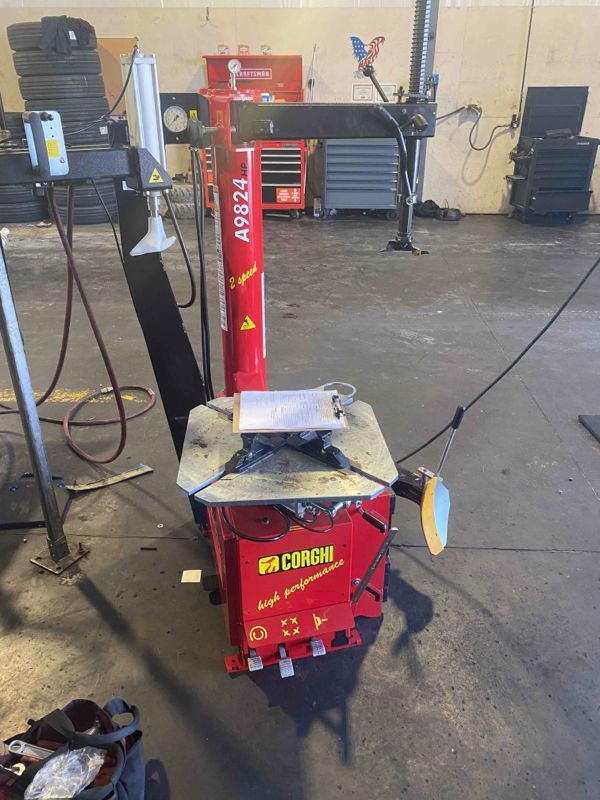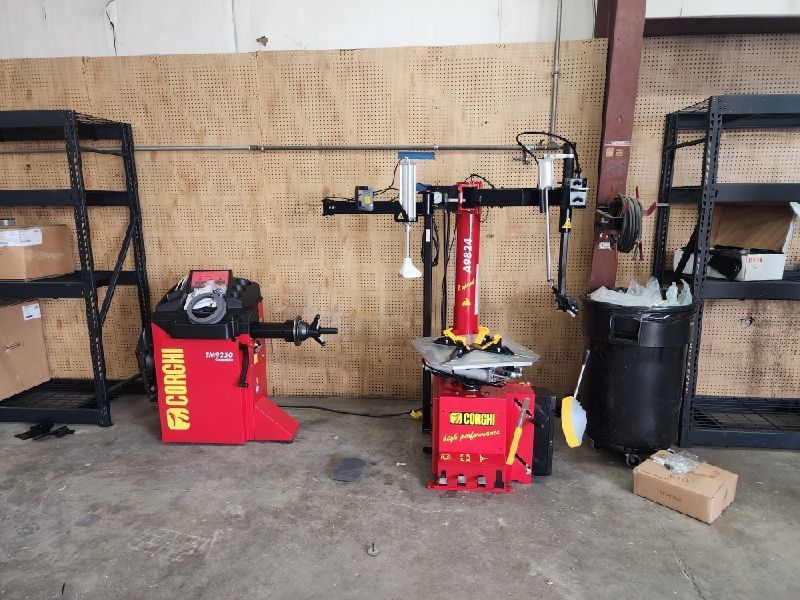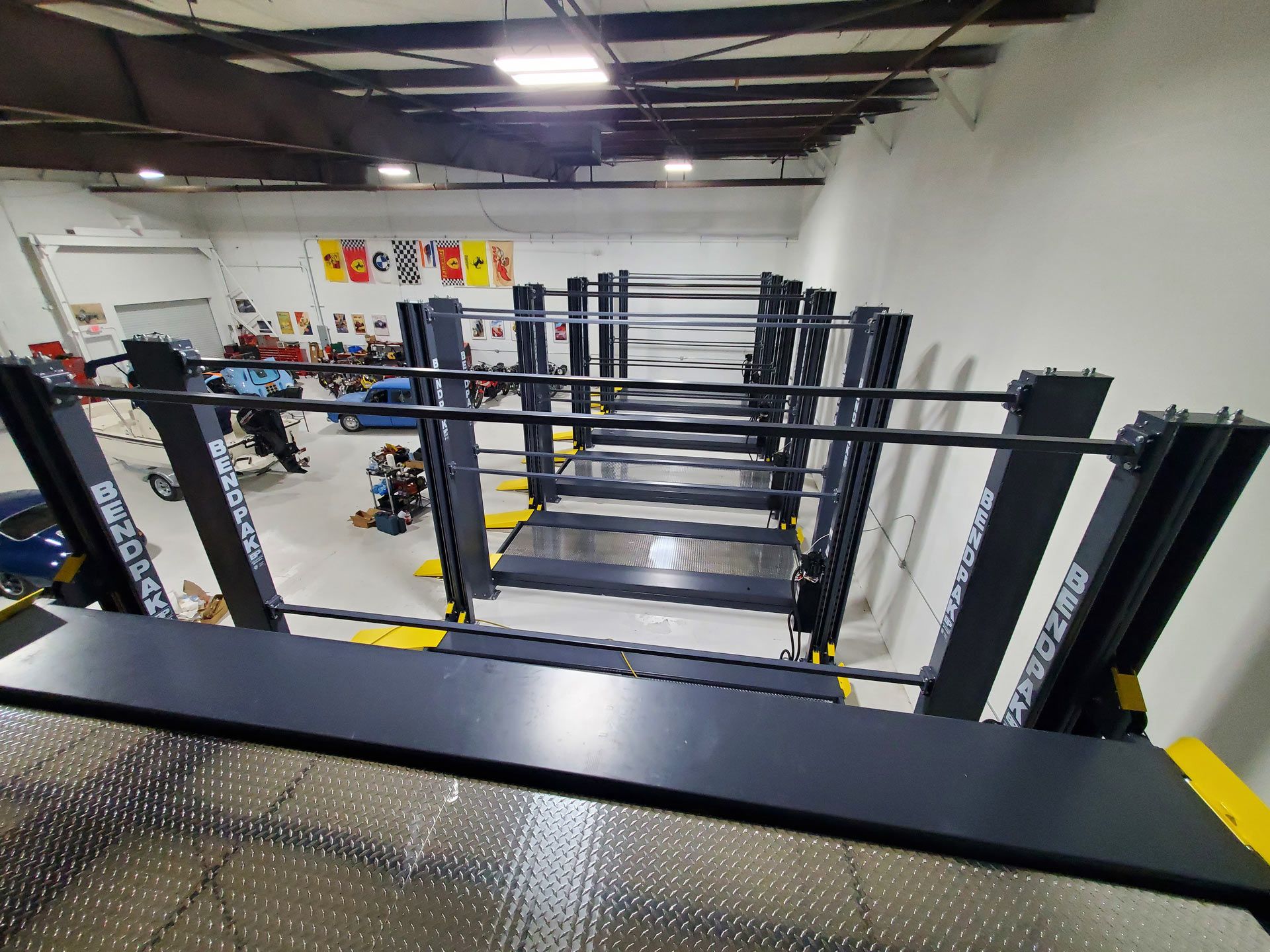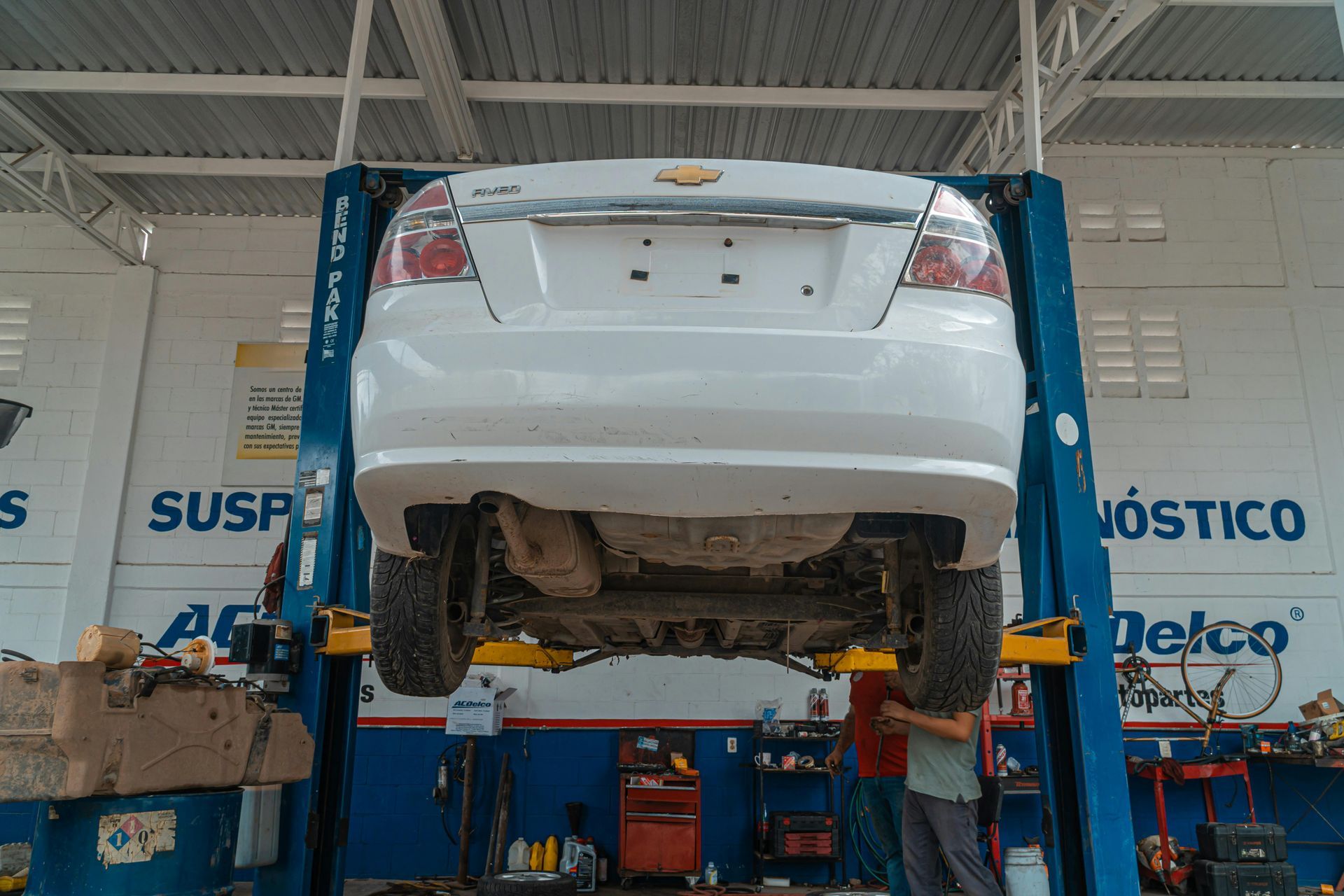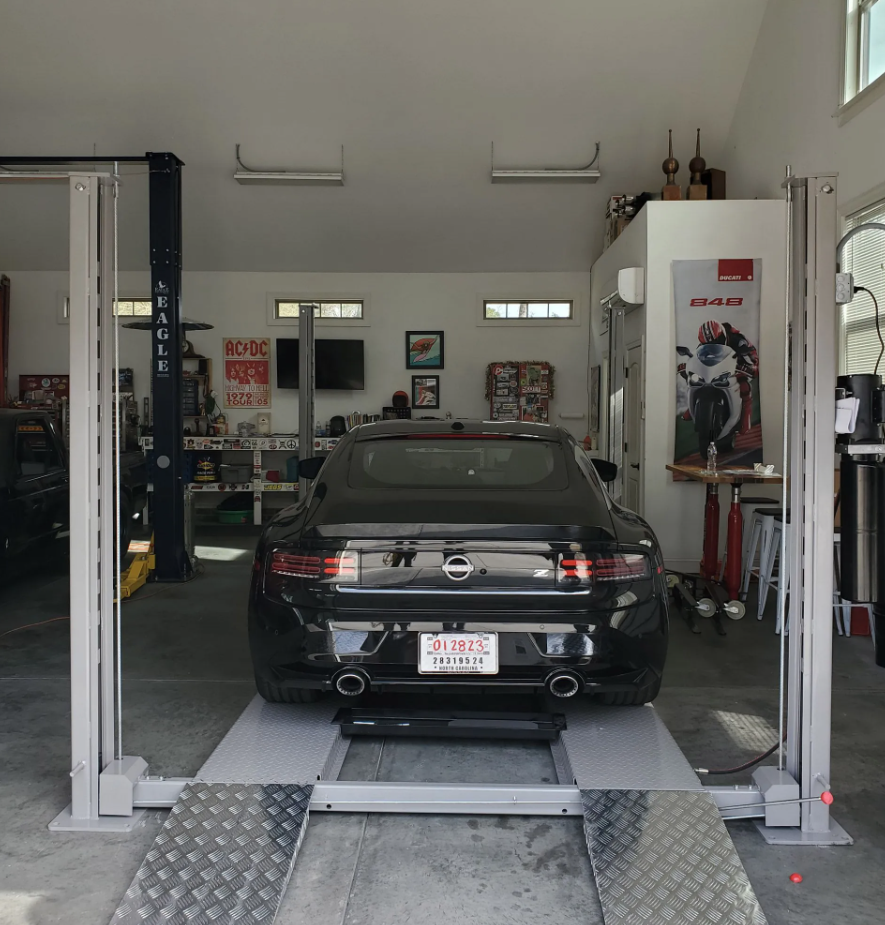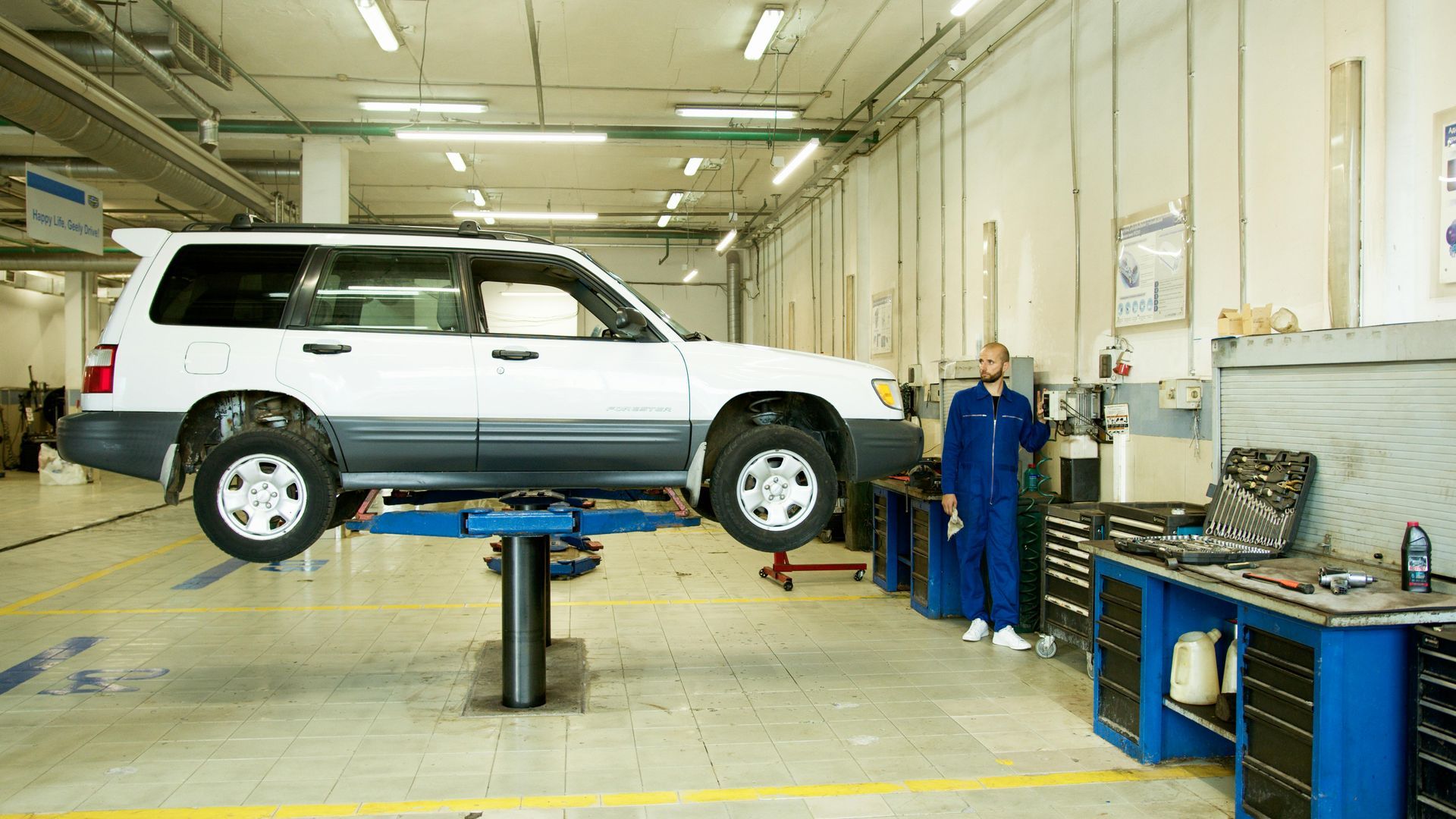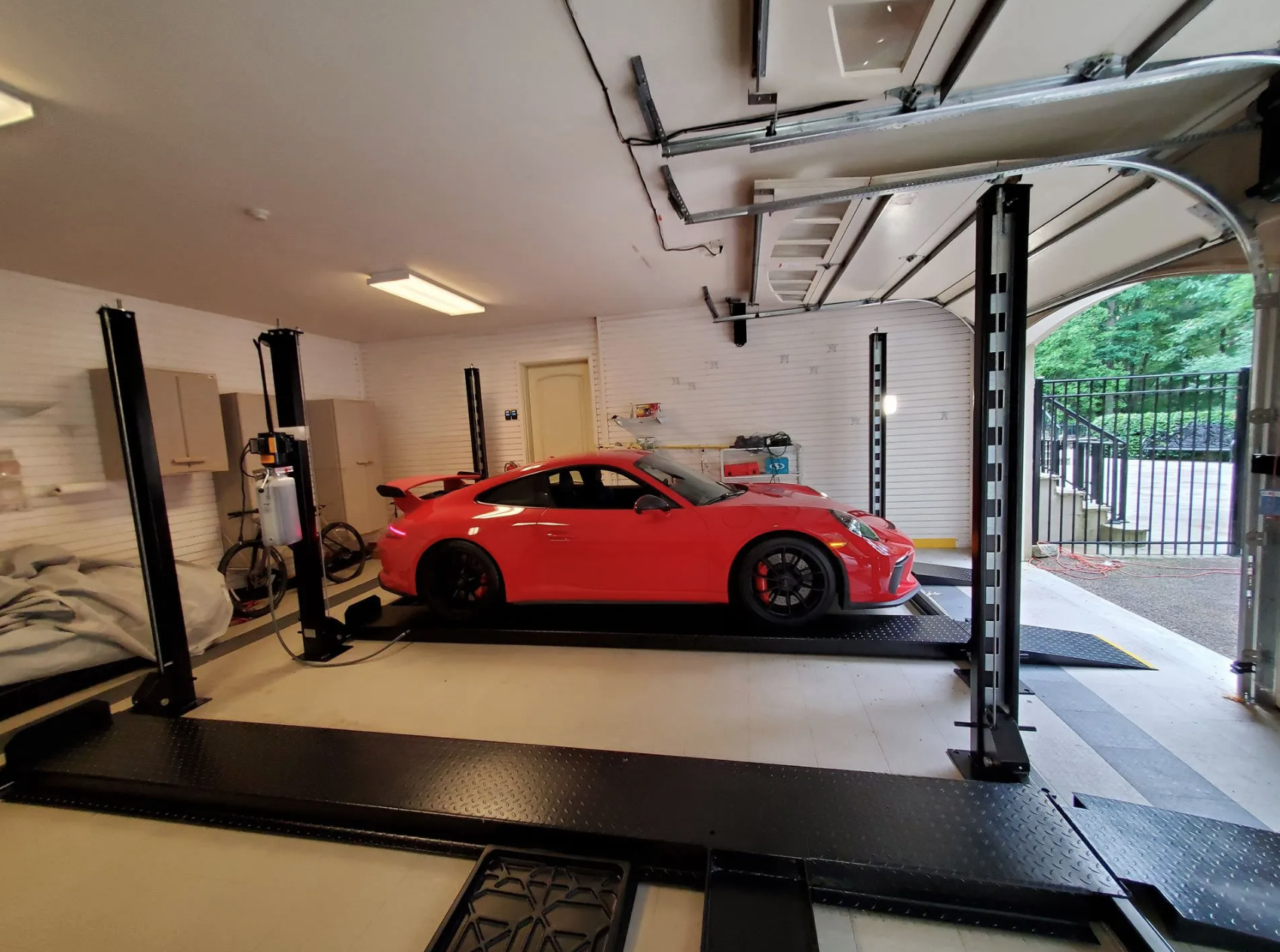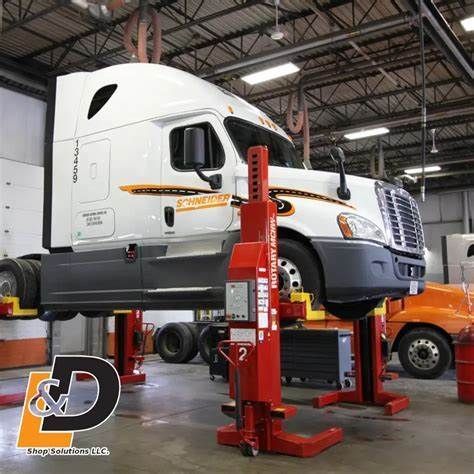5 Signs It's Time to Upgrade Your Automotive Lift and How to Choose the Right One
In any garage or auto shop, a reliable and efficient automotive lift is not just a tool—it's the backbone of daily operations. Recognizing when it's time to upgrade your lift is crucial for maintaining safety, efficiency, and productivity. This blog aims to guide you through identifying the telltale signs that your current lift is falling short and how to select the perfect replacement to meet your needs, ensuring your operations stay smooth and uninterrupted.
Sign #1: Decreased Performance and Reliability
When your automotive lift starts showing signs of decreased performance and reliability, it's a red flag not to be ignored. Slow lifting speeds, unexpected noises, or frequent breakdowns not only slow down operations but also pose serious safety risks to users and vehicles alike. Such issues signal that your lift may no longer meet the demands of your workload, making an upgrade not just beneficial but necessary for maintaining a safe and efficient workspace.
Sign #2: Safety Concerns and Outdated Technology
Safety in the workspace is non-negotiable, and an automotive lift with outdated technology is a safety hazard waiting to happen. Older lifts may lack critical safety features that have become standard in newer models, failing to meet current safety standards. This gap can significantly increase the risk of accidents. Upgrading to a lift equipped with the latest safety technologies is essential to protect both your team and your clients, ensuring peace of mind during operations.
Sign #3: Increasing Maintenance Costs and Downtime
Rising maintenance costs and frequent downtimes are clear indicators that your automotive lift may be more of a liability than an asset. As repairs become more frequent and more costly, the downtime not only affects your bottom line but also disrupts service continuity. In the long run, investing in a new lift can prove more cost-effective, reducing maintenance expenses and minimizing operational interruptions, thereby enhancing overall productivity and service reliability.
Sign #4: Insufficient Capacity for Newer Vehicle Models
The automotive industry is constantly evolving, with newer vehicle models often being heavier or having different configurations than their predecessors. This evolution poses a challenge for older lifts:
- Capacity Limits: Older lifts may not support the weight of newer, heavier vehicles, limiting the range of services you can offer.
- Configuration Constraints: The design of some modern vehicles may not be compatible with the structure of older lifts, hindering effective and safe lifting.
- Adaptability: The inability to adjust to these changes can put a strain on your operations and potentially turn away business.
Upgrading to a more versatile and robust lift is essential to accommodate the diverse needs of newer vehicle models, ensuring your services remain relevant and competitive in the market.
Sign #5: Expansion of Services or Shop Upgrade
Expanding your services or upgrading your shop is an exciting step forward, but it often means your current equipment, including automotive lifts, may no longer meet your new demands:
- Diverse Services: Offering new services might require lifts with specific features, such as higher weight capacities or specialized adapters for different vehicle types.
- Increased Volume: An upgrade in your shop's capacity to handle more vehicles simultaneously may necessitate additional lifts or models with quicker lift times to keep pace with demand.
- Space Optimization: Modern lifts with smaller footprints or mobile capabilities can help maximize limited space, allowing for a more efficient layout.
- Enhanced Efficiency: Features like faster lifting speeds and more ergonomic designs can boost productivity, making an upgrade essential for keeping your operations lean and competitive.
As you plan for expansion or upgrades, evaluating your lift equipment to ensure it aligns with your future goals is crucial for seamless growth and enhanced service delivery.
How to Choose the Right Automotive Lift for Your Needs
Choosing the right automotive lift is pivotal for enhancing your operations while ensuring safety and efficiency. Here’s a step-by-step guide to making an informed decision:
- Assess Your Needs: Determine the types of vehicles you service most frequently to understand the weight capacity and size requirements for your new lift.
- Consider Your Space: Evaluate the available space in your shop to ensure the lift fits without hindering workflow or safety.
- Research Technology and Features: Look for lifts with the latest technology and features that can improve efficiency and safety in your operations.
- Check Compliance with Safety Standards: Ensure the lift meets or exceeds current safety standards. Look for certifications from recognized industry bodies.
- Select a Reputable Manufacturer: Choose a lift from a manufacturer known for quality and reliability. Read reviews and ask for recommendations from peers.
- Understand Warranty and Support: Consider the warranty offered and the manufacturer's support system for maintenance and repairs.
- Evaluate Total Cost of Ownership: Beyond the purchase price, consider installation costs, maintenance expenses, and potential downtime to assess the lift's total cost of ownership.
Selecting the right automotive lift involves careful consideration of these factors to ensure it meets your needs, fits your space, and complies with safety standards. Opting for a lift from a reputable manufacturer with proper certifications will contribute to a safer, more productive work environment.
Conclusion: Making an Informed Decision
Recognizing the signs it's time to upgrade your automotive lift and knowing how to choose the right one are crucial for your shop's success. Consider your long-term needs and prioritize safety in your decision-making. If you're contemplating an upgrade or need guidance, don't hesitate to consult with experts at L&D Shop. Reach out for more information to ensure you make the best choice for your specific situation.

